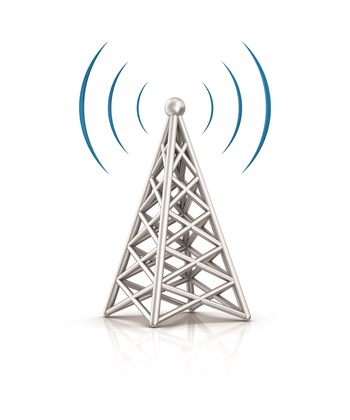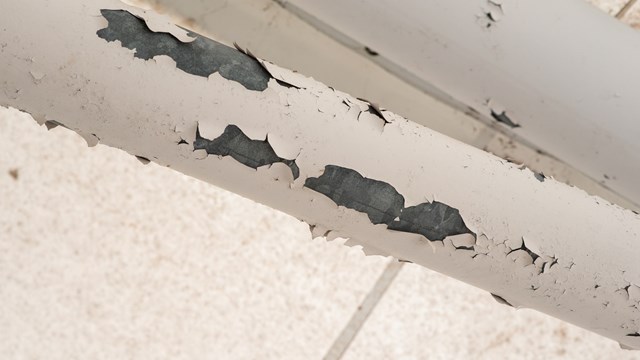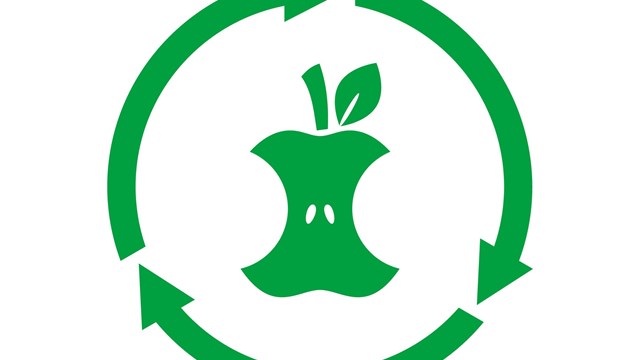
Most people read a magazine or a newspaper every day, looking for the news and events that shape their world. Like a daily paper or monthly magazine, building newsletters are more than just a source of timely information, current events and pertinent business matters; they can also help foster a better sense of community among residents. But a good newsletter is more than just a Xeroxed flyer or piece of unread junk mail; it takes thought to make it relevant and readable.
Whatever the circulation and frequency, "The purpose of the newsletter is to be the voice of the board," says Margaret Walsh, president of the Parkchester South Condominium in the Bronx. Within the newsletter's pages (in print or online - more about that later) are notices, news items and policy additions or changes that the board has made within the past few months. These items of business will affect the lifestyle and investments of many people, so it's crucial that the owners are informed of such events. The newsletter serves this purpose first and foremost.
That all sounds great, but who exactly produces the newsletter? According to Lloyd Chrein, a journalist, marketing expert and Web designer who has led both novice and veteran editors through the newsletter course offered by the Council of New York Cooperatives and Condominiums (CNYC) for over 12 years, "Responsibility for the newsletter usually settles on one person's shoulders, judging from the feedback that I get. Eight times out of ten, the people who have the job are board members or members of the communication committee. When they take the course, they're looking to make the job less daunting."
If you happen to be the person in charge of your building's newsletter, there is much you should consider when putting one together.
Newsletters vary in length, style and frequency depending on the size of the building on which they report. In New York, there are buildings with as few as nine shareholders and condo communities as large as Walsh's Parkchester South, which boasts a whopping 8,200 units.
Given the sheer volume of people and the regular issues that kind of population brings with it, it's likely that the newsletter for a community as large as the Parkchester will come out more frequently - perhaps on a monthly basis. For a smaller building, a quarterly newsletter may suffice, though if your particular building is going through heavy architectural changes or there is an influx of new tenants, an extra issue or two might be in order.
The best way to assess the needs of your building when it comes to a newsletter is to analyze your demographics. How many residents are there? What is the average age of the population? What percentage of residents are online? This information can help you determine what the content of the newsletter should be.
According to Walsh, typical items of business covered in a newsletter might be messages from the president of the board, updates on committee action, board meeting minutes, community events, policy changes, and building notices such as lawn or garden regulations - as well as fun bits of information, like a "Tenant of the Month" bio or a blurb about a local garage sale.
"In the best of all possible worlds," say Chrein, "the board makes the final decisions about the content of the newsletter. Since the newsletter editor is the voice of the board, the board should have the final say, but it's often a good idea to have an attorney take a look at it, too." An attorney can often make clear the difference between pertinent information and excess or confidential information.
Whatever the content, it's important to make the stories brief and to the point. Most newsletters are one sheet of paper, usually printed on both sides - and they rarely run over two pages.
As in all journalism, the "inverted triangle" method is a good form to follow for newsletter stories. In this journalistic rule of thumb, the pertinent information is given right away, followed by details on the story. Try to get the most important information out first, such as "At the March board meeting on Thursday, additional parking regulations were put into immediate effect." After the purposes of the article is stated, readers can then read on to get the details of the story. Since most people don't spend a lot of time with periodicals, often skimming the article to get the basic information, it's important to get the basics in at the beginning.
All of the above content is acceptable and recommended for a good newsletter, but there are certain topics that are better left out.
"Stay away from contentious matters," advises Chrein. "An op-ed column isn't usually a good idea, since you should try to avoid stirring up needless controversy - and op-ed columns can get gossipy. If a shareholder is having a baby, for example, it might seem like a nice idea to put a notice in the newsletter, but you should always check with the parents beforehand. The information presented in the newsletter should never compromise business confidentiality or the privacy or security of the tenants."
With so many desktop publishing programs on the market these days, making a newsletter look good is easier than ever. If you want to retain a consistent readership, consider adding a few graphics here and there to give your newsletter an engaging look. You don't have to commission original artwork or spend hours finding the perfect image for a story on housekeeping tips, but a few pieces of clip-art or a current photo of the courtyard landscape help make the newsletter more fun to read. Depending on the newsletter's budget, you can decide whether or not to use color.
Speaking of money matters, Chrein says that the cost of producing a newsletter these days is negligible. "It's much less than it used to be, since computers help so much. It used to be that you'd have to do all the layout and then get an offset printer to do the printing, but now you can print out the newsletter, take it to a copy center, and for 10 to 15 cents a page, print out however many you need."
Of course, in this day and age, the advent of the online newsletter has made an editor's job easier and even cheaper. If your building has a website, consider putting the newsletter online as a PDF file. It's virtually free if your building pays a domain host fee - usually around nine dollars a month.
Convenience and cost aside, however, it's important to consider the age and technical savvy of your building's residents, however. While more and more seniors are becoming familiar with the Internet, not all of them are interested in surfing it for news about their building. If time and volunteer interest allows, having both a print and online version of your building's newsletter is probably a good idea - if you're not sure which format is preferable to the people in your building, Chrein recommends taking a survey and using the information gleaned to determine which is the best approach.
With all the planning and preparation that goes into the production of a newsletter and all the business matters to be discussed and disseminated, says Walsh, it's easy to forget the other purpose of a building's newsletter: community. Many shareholders and unit owners consider their newsletter a grapevine - a link for the building's tenants to each other. A good newsletter should not only share information, but also contribute to the general feel of the community. Adding more informal information - such as local events, recipes and birthday announcements - can all help give the building a personality.
"Good newsletters help bring people together and teach about the people in the building," says Chrein. "If a newsletter does that, then it's doing its job."






Leave a Comment